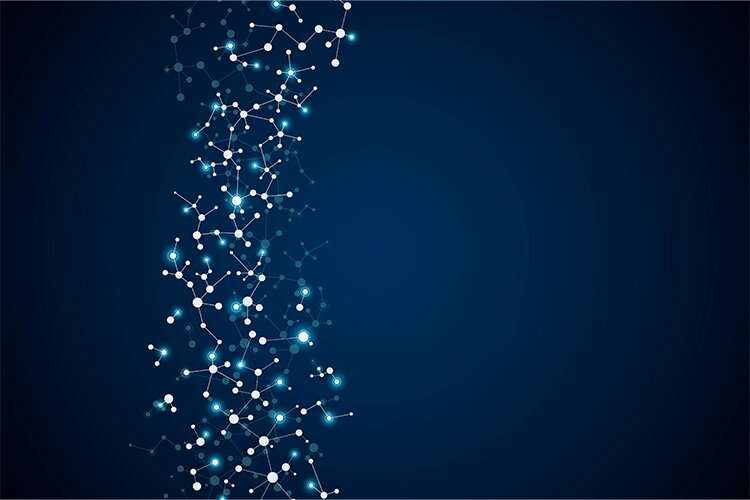Simulating the attraction of zwitterionic 'Janus Particles'

Researchers from The Research Center for Advanced Science and Technology and The Institute of Industrial Science at The University of Tokyo used a new computer simulation to model the electrostatic self-organization of zwitterionic nanoparticles, which are useful for drug delivery. They found that including transient charge fluctuations greatly increased the accuracy, which may help lead to the development of new self-assembling smart nanomaterials.
In ancient Roman mythology, Janus was the god of both beginnings and endings. His dual nature was often reflected in his depiction with two faces. He also lends his name to so-called Janus particles, which are nanoparticles that contain two or more distinct physical or chemical properties on their surface. One promising "two-faced" solution uses zwitterionic particles, which are spheres with a positively charged side and a negatively charged side. Researchers hope to create self-organizing structures, which can be activated by changes in a solution's salt concentration or pH. However, this kind of "bottom-up" engineering requires more accurate computer simulations to implement.
Now, a team of researchers from The Research Center for Advanced Science and Technology and The Institute of Industrial Science at The University of Tokyo have created a new computer model that incorporates transient fluctuations in the change distributions on the surface of the particles that can give rise to a wider variety of structures, compared with current software. "Simulating the dynamic dissociation or association of ionization groups is inherently more challenging, and must be iterated repeatedly until self-consistent results are obtained," first author Jiaxing Yuan says.
The researchers showed that the previous method of assuming each of the particles carries a constant charge can give inaccurate results. To simulate the possible transition to compact clusters, instead of exclusively producing elongated strands, the computer needed to include short-lived fluctuations in surface charge. These differences are particularly noticeable at low salt concentration and high electrostatic coupling strength.
In living organisms, proteins fold into very specific shapes based in large part on the attraction between the positively and negatively charged regions. In the future, artificially designed particles may be able to self-assemble when triggered by a change in conditions. "With zwitterionic particles, we hope to create functional materials with tunable properties, similar to the self-organization of charged proteins," senior author Hajime Tanaka says.
The research was published in Physical Review Letters.
More information: Jiaxing Yuan et al, Impact of Charge Regulation on Self-Assembly of Zwitterionic Nanoparticles, Physical Review Letters (2022). DOI: 10.1103/PhysRevLett.128.158001
Journal information: Physical Review Letters
Provided by University of Tokyo




















